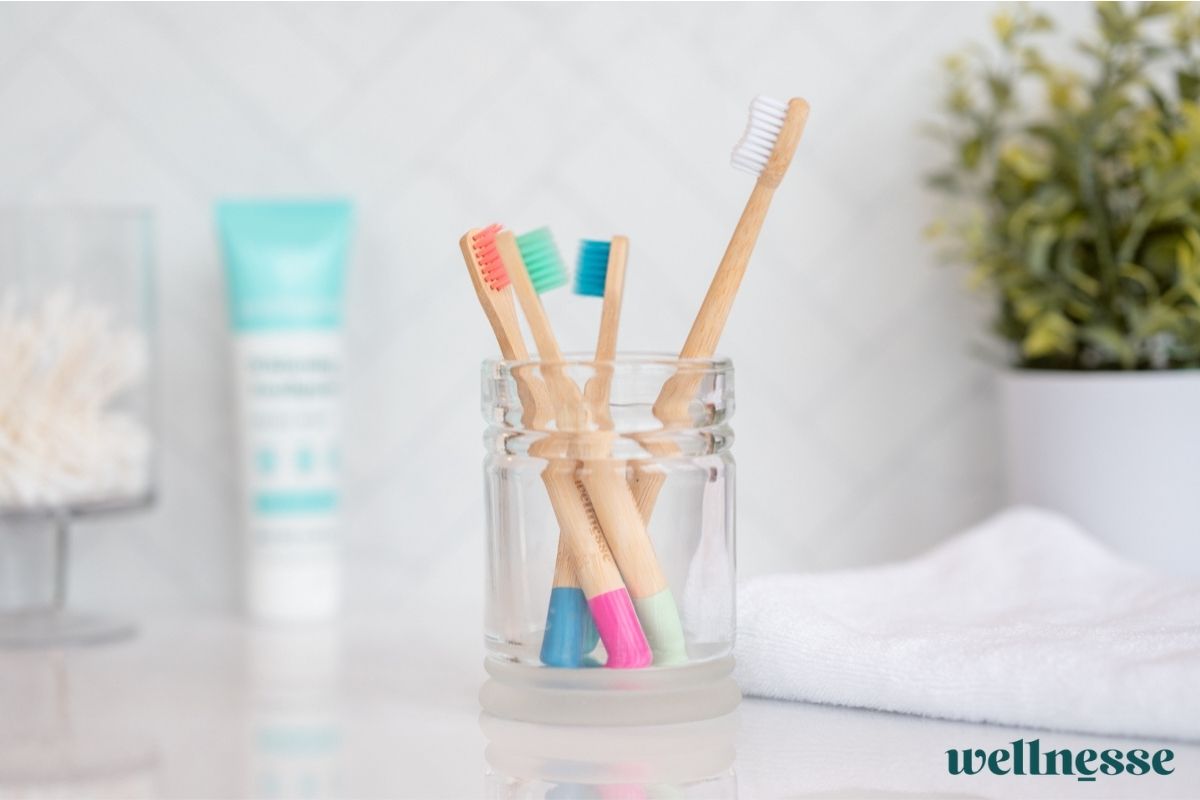image source: https://wellnesse.com
Are you wondering how often you should change your toothbrush? It’s a common question that often goes unanswered, but the answer is actually quite simple. Regularly changing your toothbrush is an important part of maintaining good oral hygiene and preventing illness. In this article, we’ll discuss how often you are supposed to change your toothbrush and why it’s important for your overall dental health. Keep reading to learn more.
How Often Should You Change Your Toothbrush? A Guide for Optimal Dental Hygiene
Maintaining proper dental hygiene is essential for keeping your teeth and gums healthy. Along with daily brushing and flossing, regularly changing your toothbrush is an important aspect of maintaining good oral health. But how often should you actually replace your toothbrush? Here is a guide to help you determine the optimal time to change your toothbrush.
Why is it important to change your toothbrush?
Over time, the bristles on your toothbrush become worn out and frayed, making them less effective at removing plaque and food particles from your teeth. Additionally, bacteria and germs can build up on your toothbrush, which can lead to oral health issues such as gum disease and tooth decay. By regularly changing your toothbrush, you can ensure that you are effectively cleaning your teeth and reducing your risk of dental problems.
How often should you change your toothbrush?
The American Dental Association (ADA) recommends replacing your toothbrush every three to four months. This is because after this time, the bristles on your toothbrush start to become less effective at removing plaque and bacteria. However, there are a few factors that may require you to change your toothbrush more frequently.
Firstly, if you have been sick, it is important to replace your toothbrush once you have recovered. This is because the bristles may harbor bacteria and viruses that could lead to reinfection. Similarly, if you have a weakened immune system or are prone to infections, it is best to change your toothbrush more frequently.
Additionally, if you notice that the bristles on your toothbrush are starting to look frayed or worn, it is time for a replacement. Frayed bristles are not only less effective at cleaning your teeth, but they can also be harsh on your gums, causing irritation and even bleeding.
What type of toothbrush should you use?
When selecting a toothbrush, it is important to choose one with soft bristles. Hard bristles can be harsh on your gums and can even cause enamel erosion on your teeth. Soft bristles are gentle yet effective at removing plaque and debris from your teeth.
You may also want to consider using an electric toothbrush. These can be more effective at removing plaque and reducing the risk of gum disease compared to manual toothbrushes. Some electric toothbrushes even have built-in timers to ensure you are brushing for the recommended two minutes.
Tips for maintaining your toothbrush
To ensure your toothbrush stays clean and effective, it is important to store it properly. After each use, thoroughly rinse your toothbrush with water and store it upright in a well-ventilated area to allow it to air dry. Avoid storing your toothbrush in a closed container, as this can create a moist environment for bacteria to grow.
If you are traveling, make sure to pack a toothbrush cover or store your toothbrush in a separate compartment to avoid contamination with other items in your luggage.
In conclusion, changing your toothbrush every three to four months is recommended for optimal dental hygiene. However, it is important to monitor the condition of your toothbrush and replace it sooner if necessary. By following these guidelines, you can ensure that you are effectively cleaning your teeth and maintaining good oral health. Remember, a healthy smile starts with a fresh toothbrush!In conclusion, it is important to know how often you are supposed to change your toothbrush in order to maintain good oral hygiene. By regularly changing your toothbrush every 3-4 months or when the bristles become frayed, you can effectively remove plaque and bacteria from your teeth, preventing potential dental issues. Don’t forget to also consult with your dentist for personalized recommendations on when to change your toothbrush. Remember, a healthy mouth starts with a clean toothbrush.
